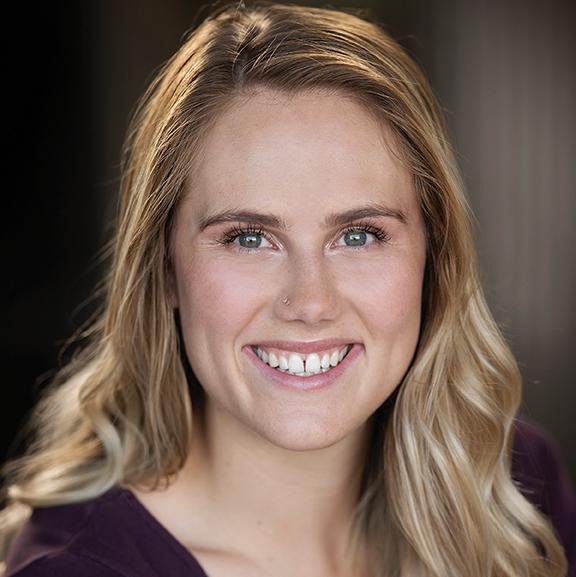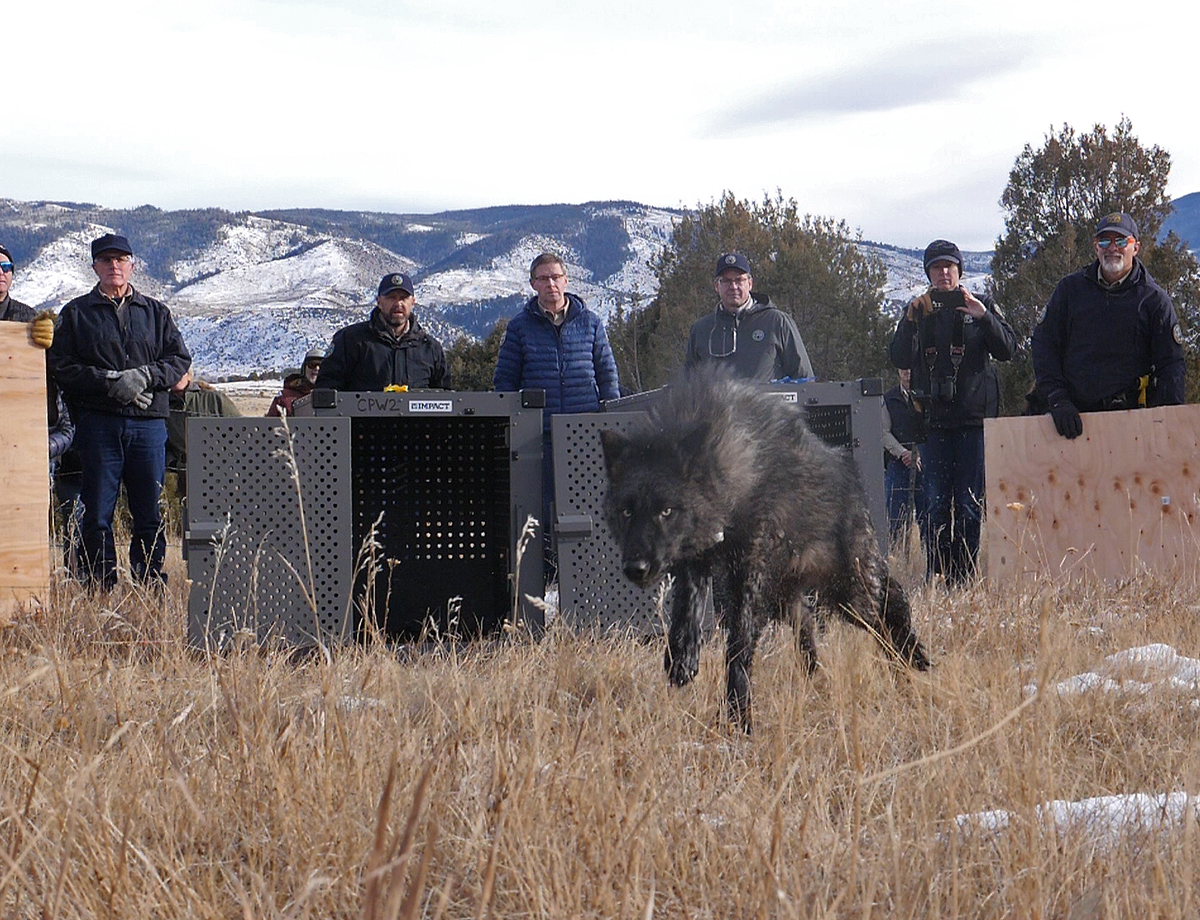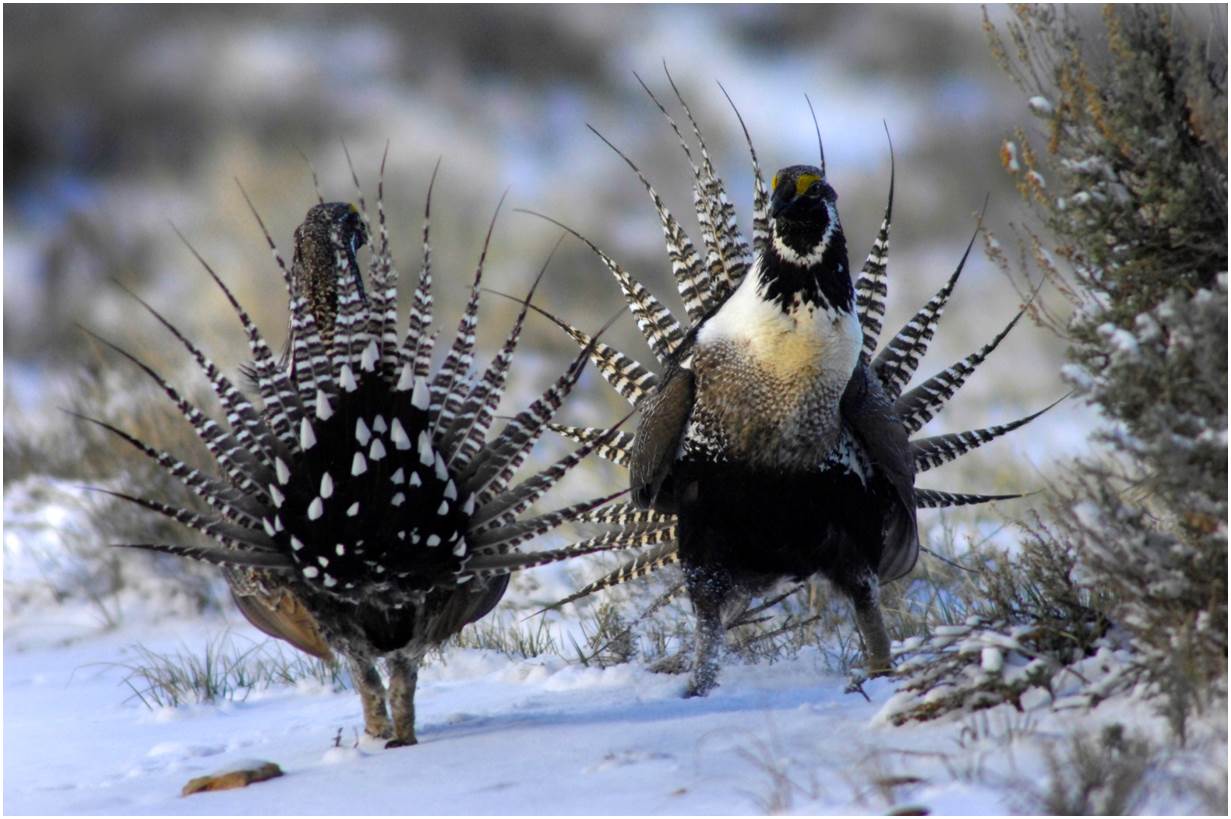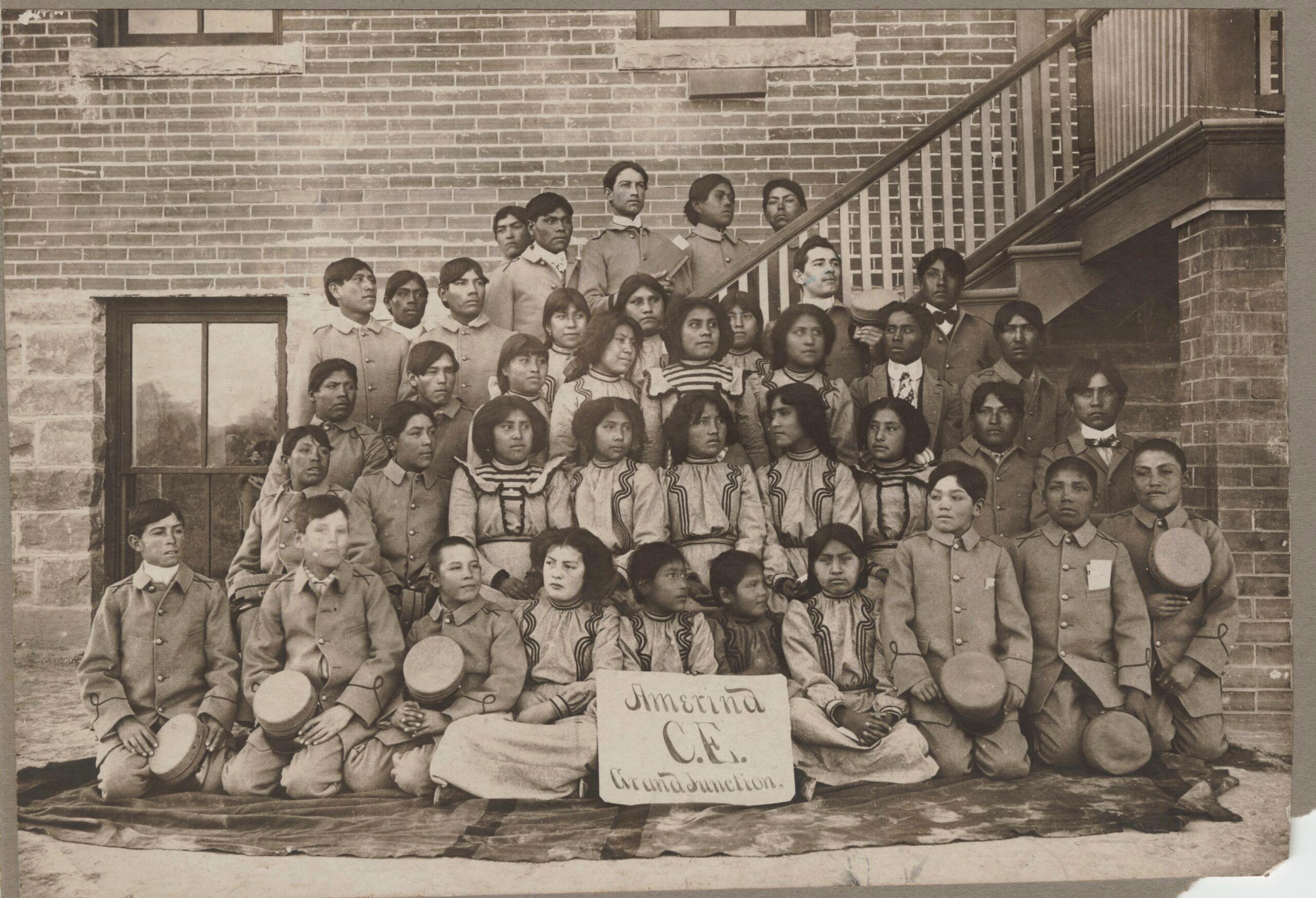
When Dzabahe was 11 years old, she went to her first government-run boarding school in rural Arizona around 1953. She left everything she knew on the Navajo reservation where she grew up..
“You became an orphan on that day,” she said. “My life was a shamble because everything that I was, everything that I believed in, my language, everything, I learned I was doing it all wrong.”
At the school, she was told not to speak her Navajo language. Her Navajo clothing and moccasins were sent back home with her parents. Her hair was cut, something that is taboo in Navajo culture. And even though she didn’t speak English or understand American customs, she was punished for not doing things the way the school wanted her to.
“I stood in a corner a million times until I was ready to faint,” she recalled. “And then the spanking and the harshness, and if you're being punished you couldn't eat dinner or breakfast or any meal. And then there's a lot of shame that came with it.”
Dzabahe was also given a new name: Bessie Smith, which she still uses today.
Smith’s parents sent her to the school after state officials came to the reservation and told families with children who were not in the school that they had to send them. Her father also realized that she would need an education even if that went against what was traditionally done in the Navajo culture.
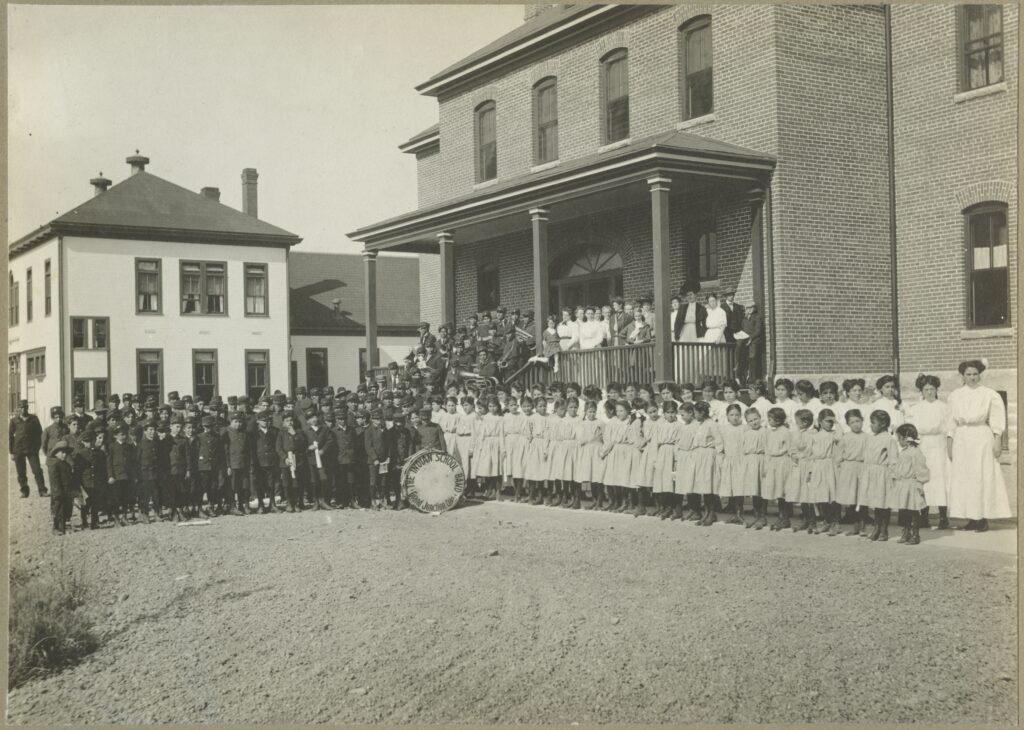
In May, 215 children’s bodies were discovered in a mass grave at an Indigenous Boarding school in Canada, prompting U.S. officials to look at the legacy of such schools in the U.S.
“We just want to make sure that families today get the information that they’ve wanted for decades and decades,” said Deb Haaland, secretary of the interior.
“And so we’re gonna work to identify every single boarding school in the country and absolutely find a way to make sure that we are assisting local communities that will involve a lot of tribal consultation,” she said.
Haaland, the first Native American cabinet secretary in U.S. history, visited Colorado in July and announced the new federal program but did not yet have a timeline. In Colorado, there are at least three Indian boarding schools, the Teller Indian School in Grand Junction, the Southern Ute Boarding School in Ignacio and a school that is now Fort Lewis College in Durango.
The Teller Indian School, later known as the Teller Institute, opened in 1886. At the turn of the century, there were a couple hundred students enrolled in the school. It was one of more than 350 federally run schools in the nation to assimilate Native American children, according to the National Native American Boarding School Healing Coalition.
The schools were created out of the 1869 Indian Peace Policy, which was introduced by President Ulysses S. Grant to create “permanent peace,” through what he believed were non-violent alternatives. The boarding schools were intentionally created to assimilate children and eliminate Native cultures.
The first was the Carlisle Indian Industrial School in Pennsylvania, which opened in 1879, and was a model for subsequent schools. While some Native families chose to send their children to boarding schools, many more were forcibly removed from their homes.
By 1900, there were 20,000 Native children in boarding schools and by 1925, that number was more than 60,000.
In 1926, nearly 83 percent of all Native children of schooling age were in boarding schools, according to the National Native American Boarding School Healing Coalition.
“When children returned to their communities, they were unable to communicate with their loved ones and were sometimes ostracized by their own communities,” said Southern Ute Indian Tribal Council Chairman Melvin J. Baker in a statement. “This traumatic experience produced intergenerational trauma that continues to manifest itself in numerous ways throughout Indian country, such as abuse, such as substance abuse, as well as psychological and emotional disorders, which result in lower graduation rates, poverty and lower life expectancy.”
The Teller Institute closed in 1911 and was transferred to the state of Colorado, which turned the facility into a home for people with intellectual disabilities in the 1920s. Over time, the original school buildings were remodeled or torn down. A cemetery, if there was a marked one, was also lost to time.
Archaeologist John Seebach, who works at Colorado Mesa University, has studied the Teller Institute and discovered death notices in archival newspaper clippings of 21 children who died while attending the school.
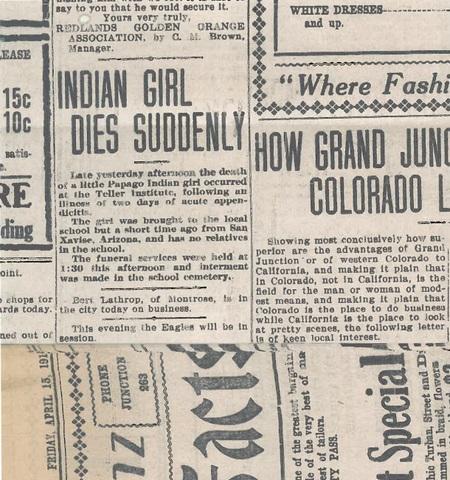
“We can't be sure that every single person who died and was buried was mentioned by the newspaper,” he said. “So there could be many more out there than we know of and in fact that’s probably the case.”
The federal government kept records on students who attended the schools, but after the school closed the records were sent to Leavenworth, Kansas, where they were destroyed in a fire. Seebach plans to search for more information in federal records kept in Washington, D.C., but it’s not clear how many children might be buried on the grounds.
In 2019, Seebach and a team of cadaver dogs explored part of the grounds of what is now the Grand Junction Regional Complex, still home to people with physical and intellectual disabilities. Seebach picked part of the grounds based on aerial photographs and his research into where the cemetery for children might be. He said the dogs picked up a scent but more research is needed.
Earlier this year, the state started a Teller Institute Task Force.
Seebach is on the task force with 8 other people, including tribal representatives and state officials.
“It's not an archeological site in a lot of ways, really what we're doing is more akin to like crime scene investigation,” said Holly Norton, the state archaeologist. “And using my archeological training, not for science, but for helping to find these children and help return them in some fashion to their communities, and to their, to their tribes, I think is a really important part of what I'm doing here.”
Once the task force has determined next steps, Norton said it’s likely they will conduct searches on the grounds of the complex to locate a cemetery and remains.
Eleven people with disabilities still live at the Grand Junction Regional Complex. In 2016, state lawmakers decided it was too expensive to maintain, and passed two bills requiring the sale or transfer of the complex.
“We're approaching this in a very sensitive manner for everyone that is involved. Our goal here is to get our individuals that have intellectual and developmental disabilities relocated into a community and integrated into community because that's our first priority,” said Yolanda Webb with the Colorado Department of Human Services who oversees the complex. “And to work with our Native American partners that are part of this task force in really getting to some closure on that very painful history.”
Seebach argues that the sale or transfer of the land is in violation of the original agreement between Colorado and the federal government when the land was transferred to the state.
“The main stipulation was that the campuses would be maintained in perpetuity,” Seebach said. “I don't think they're valid law because of a prior agreement at the federal level.”
Fort Lewis College in Durango was also the site of a federal boarding school, originally in Hesperus. When the state took over the land it had to meet two conditions: that the land would be used for an educational institution, and was “to be maintained as an institution of learning to which Indian students will be admitted free of tuition and on an equality with white students” in perpetuity, according to Fort Lewis College. Seebach said the same conditions would have applied to the Teller Institute.
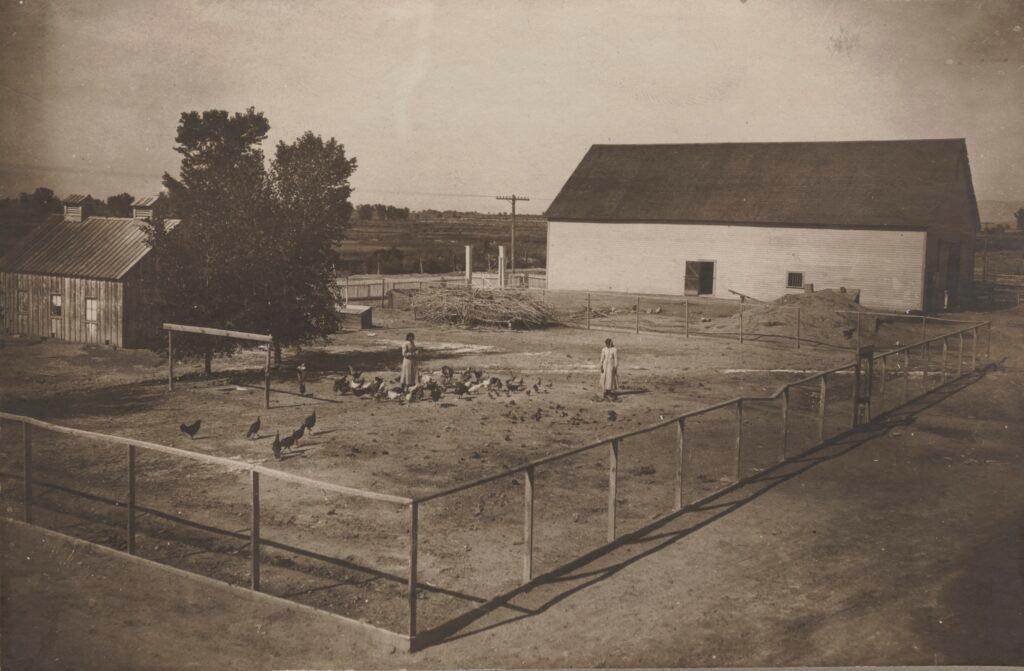
There was another boarding school in Ignacio on the Southern Ute reservation. The tribe is considering its options for preserving what remains of the school and memorializing the history of boarding schools.
It’s not yet clear what will happen to the land that was formerly the Teller Institute. In a statement, Chairman Baker said the land's future is best guided by the communities who were and continue to be affected by the U.S. government's ethnocide initiated during the Indian Boarding School era.
“In order to heal from the generational trauma, we must confront the past and shed light on the hidden cruelty,” Baker said.
Smith, now 79, said she learned over time how to talk about what she experienced at the federal boarding schools and how those experiences impacted the way she felt about herself and the world around her. She said she struggled while working, for example, to not question herself constantly.
“There is more emotional and psychological damage that we have been dealing with,” she said. “It is so strong that nobody can see it. It is so strong that many people don't even want to talk about it.”
But her struggle and pain isn’t her whole story.
After going through multiple schools in her teens, she left Arizona to attend Fort Lewis College. There she met her now husband and had children. She’s lived in Denver ever since where she worked as the director of patient admissions at the University of Colorado health science center. After retiring in 1994, she worked as a Navajo translator for the state, which she still does alongside making jewelry with her daughter.
“We want to focus on how we can wake up and get back on our feet,” Smith said.
